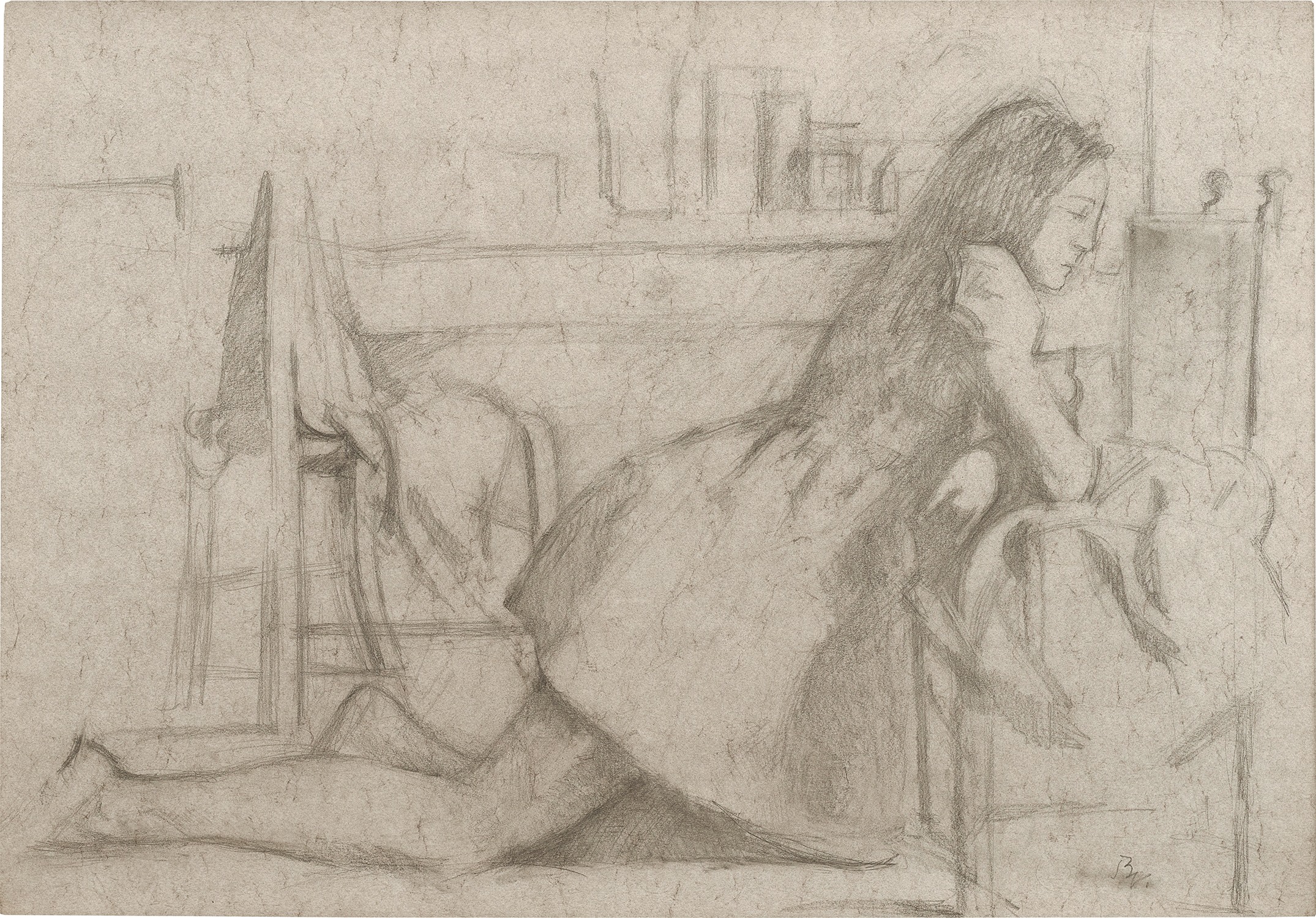

Property of a Distinguished French collection
27
Balthus
Étude pour ‘Le Peintre et son modèle’
signed with the artist’s monogram ‘Bs’ lower right
pencil on paper
70 x 100 cm (27 1/2 x 39 3/8 in.)
Executed in 1977.